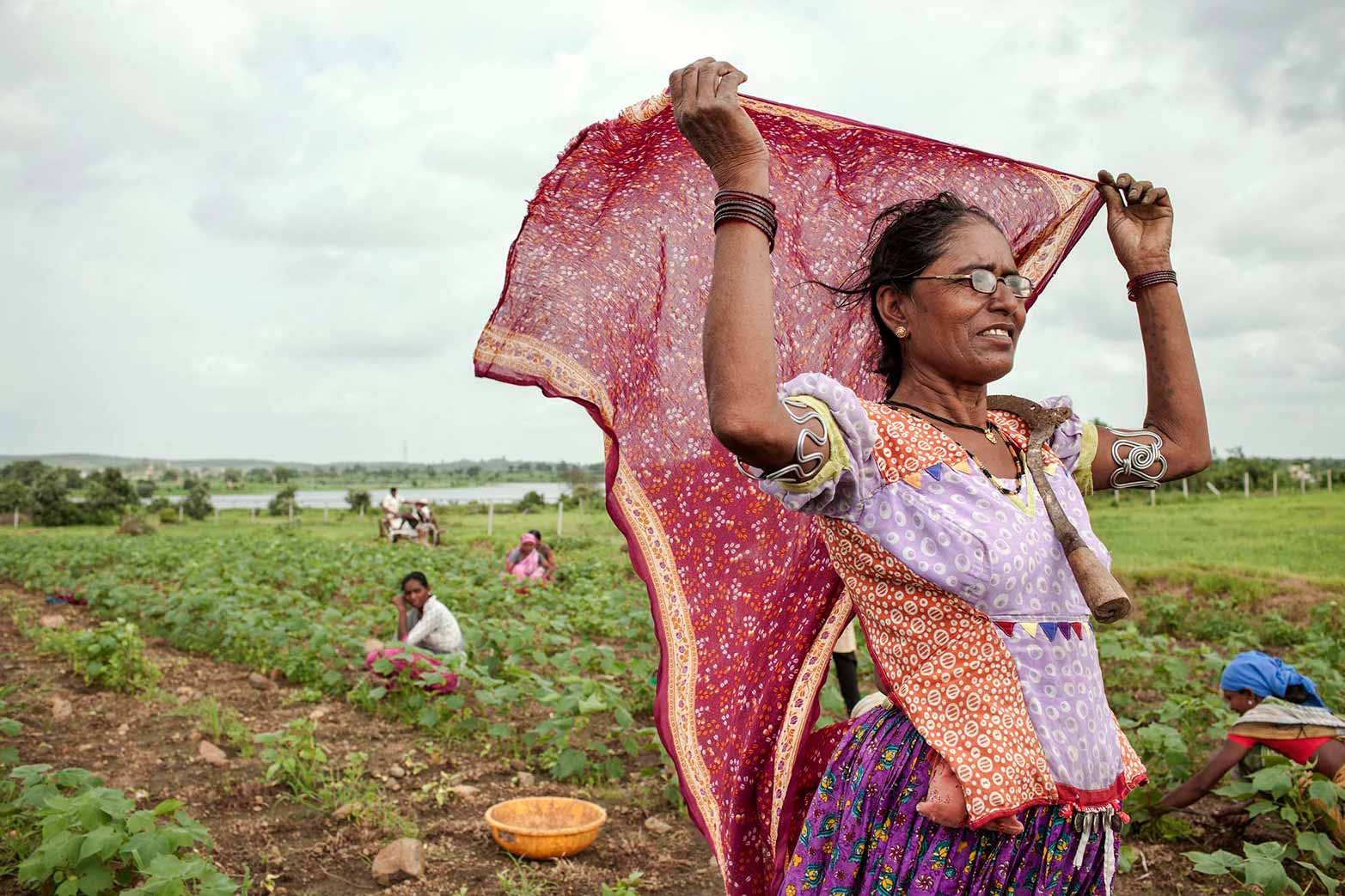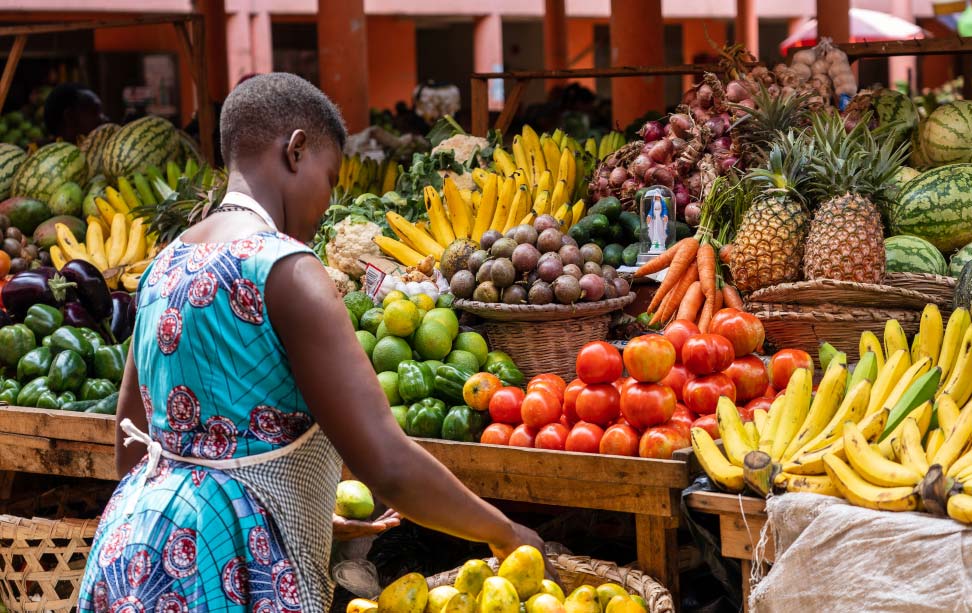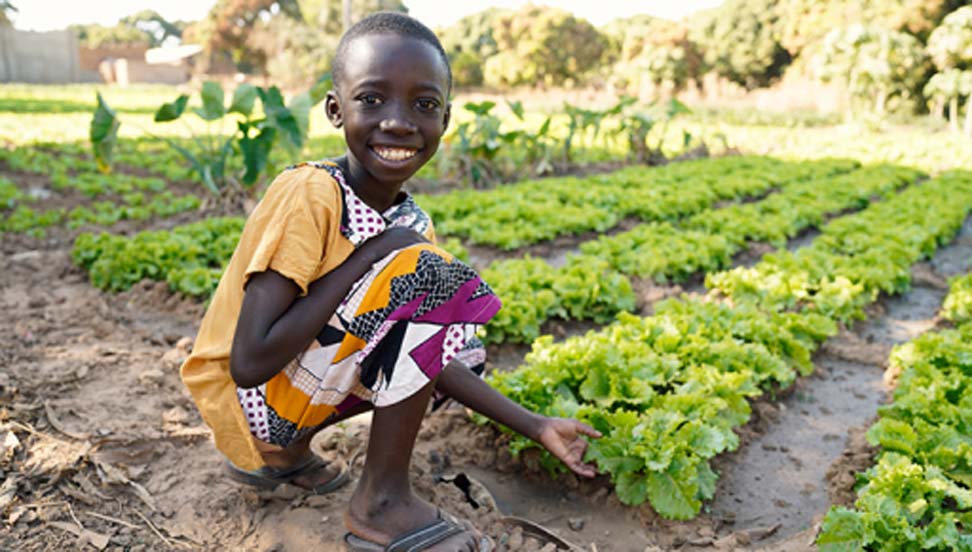
IFPRI Publications: Briefs
Explore Our Latest Briefs
By Title By Author By Country/Region By Keyword
Brief
Uganda: Systematic analysis of world market and domestic production shocks
Brief
Ghana: Systematic analysis of world market and domestic production shocks
Brief
IFPRI-Sudan: Generating evidence-based solutions for strengthening humanitarian response and economic resilience
Brief
Sudan Strategy Support Program (SSSP): Background and research output
Brief
Ethiopia: Systematic analysis of world market and domestic production shocks
Brief
Egypt: Systematic analysis of world market and domestic production shocks
Brief
Synopsis: Commercialization and dietary diversity of Rwandan smallholder farmers: a focus on women and youth headed households
Brief
Aid budget cuts have dire consequences for malnutrition among the world’s most vulnerable children
…more
Haddad, Lawrence; Ho, Melissa; Loboguerrero Rodriguez, Ana María; Zougamoré, RobertBrief
Synopsis: The dynamic impact of alternative livestock sector interventions and spending options in Rwanda
Brief
Preferences for ecosystem payment programs in Papua New Guinea
Brief
Papua New Guinea: Systematic analysis of domestic production and world market shocks
Brief
Climate change and the impact on taro in Papua New Guinea
Brief
Impact of rice export ban on Indian economy
Brief
Repurposing fertilizer subsidies in India: An economywide modelling analysis
Brief
Market monitoring in Rwanda’s rice sector: Insights from recent events
Brief
Advancing women’s voice and empowerment in the agrifood policy process: Findings and recommendations from the WEAGov India Pilot Study
Brief
Unique datasets on shocks, food security, and household coping strategies: Creating new analytical playgrounds to study coping behavior in the multi-shock environments of Mali, Chad, Niger, and Burkina Faso (2018-2023)
Brief
Methodology [of the PEDAL project]
Brief
Madagascar assessment
Brief
Conditional contracts in indirect local procurement of maize from smallholder farmers in Uganda: A study design to assess impacts
Brief
Country profile – Senegal: Gender, climate change, and nutrition linkages
Brief
Household wellbeing in rural Papua New Guinea: Analysis from the 2023 PNG Rural Household Survey
Brief
Assessing the projected impacts of alternative PSTA5 spending trajectories on the Rwandan economy
Brief
Papua New Guinea food price bulletin: January 2025
Brief
The case for food system knowledge support system (FS-KSS)
Brief
Comprehensive mapping of food systems is necessary to guide transformation efforts: The case of Rwanda
Brief
The case for post Malabo Agenda implementation guidelines
Brief
Use of fertilizers in agriculture sector of Tajikistan
Brief
Agricultural advisory services in Tajikistan: Private sector role
Brief
Agrifood trade in Tajikistan
Brief
Agriculture sector reform and sectoral programs in Tajikistan
Brief
PEDAL Country Snapshot: Madagascar
Brief
US tariffs on the horizon: How will India’s economy be affected?
Brief
Enhancing agricultural resilience in Uzbekistan through farmers’ decisionmaking autonomy
Brief
Unlocking Innovation in homestead farms: Exploring drivers and barriers to innovation adoption among farming households in Uzbekistan
Brief
Stakeholder feedback on a slaughterhouse hygiene intervention in western Kenya
Brief
Evaluating hydropower and irrigation development in Sudan under climate change uncertainties
Brief
Small groceries in Viet Nam
Brief
Formative study on slaughterhouse hygiene in Western Kenya: Summary Report
Brief
Enhancing women’s economic empowerment in rural Nigeria through advocacy trainings
Brief
Impact of a slaughterhouse hygiene intervention in western Kenya
Brief
National seminar on Regulations and Governance Issues in India’s Seed Sector: 26-27 September 2023, New Delhi
Brief
Integrating surface water games into community water management toolkits: A reflection from practitioners in Odisha, India
Brief
Effect of organic fertilizer use on crop yield and soil health in maize production in Kenya
Brief
Monitoring the agri-food system in Myanmar: Rice millers – September 2024 survey round
Brief
Village agricultural practices: Baseline findings from the FRESH End-to-End Evaluation
Brief
Impact of conflict on employment, income, and household welfare in Sudan
Brief
Effet de l’insécurité (conflit armé) sur l’autonomisation des femmes au Burkina Faso
Brief
Assessing the gender dimensions in the true costs of food production in Kenya
Brief
Strengthening women’s voice and agency in Nigeria: Evidence from a randomized control trial on women’s advocacy and men’s allyship trainings
Brief
Integrating consumer traits is key to increasing uptake of improved crop varieties: Evidence and policy insights from seed sample packs and cooking events in Uganda
Brief
Mapping energy use portfolios and household outcomes in Nepal: Insights from farm and household surveys in the Terai and the Mid-hills
Brief
Building pathways out of poverty in Baidoa: Evidence from a randomized controlled trial at endline
Brief
Targeting in development projects in Egypt: Approaches, challenges, and lessons learned
Brief
Financial and environmental outlook of groundwater-solar irrigation in sub-Saharan Africa
Brief
Nepal: Systematic analysis of domestic production and world market shocks
Brief
Bangladesh: Systematic analysis of domestic production and world market shocks
Brief
Social assistance and adaptation to flooding in Bangladesh
Brief
Is it a myth? Market power among intermediaries in agri-food value chains
Brief
Migration and women’s voice and agency in Senegal: Introducing a new survey
Brief
Women’s empowerment and migration: A review of the current literature and promising areas for future work
Brief
Kenya: Systematic analysis of domestic production and world market shocks
Brief
Advancing climate-smart financial solutions for smallholder farmers: Lessons from the CGIAR Climate Resilience Initiative
…more
You, LiangzhiBrief
Development of the rural household energy insecurity experiences scale with insights from Ethiopia
Brief
Malawi: Systematic analysis of domestic production and world market shocks
Brief
Zambia: Systematic analysis of domestic production and world market shocks
Brief
Rwanda: Systematic analysis of domestic production and world market shocks
Brief
Understanding migration within countries: A global perspective
Brief
IFPRI Nexus SAMs: Annual Release Note 2024
Brief
Effects of experiential learning on women’s participation in agricultural decision making in India
Brief
Supporting Sudan’s entrepreneurs in crisis: Policy insights from micro, small, and medium enterprises
Brief
From space to soil: Advancing crop mapping and ecosystem insights for smallholder agriculture
Brief
Wholesalers, wholesale markets, and symbiosis with the emerging logistics sector
Brief
Can social assistance reduce violent conflict and civil unrest? Evidence from a large-scale public works program in Ethiopia
Brief
The true costs of food production in Kenya
Brief
How do policy environments influence technology adoption? Insights from Nigeria’s pod borer resistant (PBR) cowpea experience
Brief
The true costs of food production in Viet Nam
Brief
Constraints to agricultural mechanization in Ethiopia: The case of solar irrigation pumps
Brief
Gender and age employment gaps within agrifood value chains in Bangladesh and Uganda
Brief
Evolution of food insecurity in Sudan during the ongoing conflict
Brief
Scaling up experiential learning for water management
Brief
Overlapping school and farming calendars in Madagascar: Simulating gains of alternative school calendars
Brief
Monitoring the agri-food system in Myanmar: Agricultural equipment supply chain – November 2024
Brief
Enhancing experiential learning through community debriefs: A reflection from facilitators of experiential games
Brief
Monitoring the agri-food system in Myanmar: Agricultural input retailers – August 2024 survey round
Brief
Groundwater games in Barahathawa: Lessons and implications
Brief
Monitoring the agri-food system in Myanmar: The rising costs of diets – September 2024 survey round
Brief
Nutrition and diet profile: Benin
Brief
Monitoring the agri-food system in Myanmar: Agricultural crop traders – June 2024 survey
Brief
Challenges for private sector job matching in rural Egypt: Results from a survey of Forsa employers
Brief
Increasing retail sales of healthy foods in Ethiopia: Lessons from MSME surveys in two urban areas
Brief
Food environment research in Sri Lanka: A desk review
Brief
Improving resource targeting in Niger: Joint financial analysis and food system mapping
Brief
Papua New Guinea food price bulletin: October 2024
Brief
Synopsis: Enhancing rural income diversification in Rwanda: Opportunities and challenges
Brief
Impact of COVID-19 on food security and cropping patterns in Tajikistan: Evidence from a telephone survey in Khatlon Province
Brief
Digital literacy training to promote diffusion of digital agricultural tools to smallholder farmers
Brief
Rwandan maize market price dynamics: Structure, trends and policy implications
Brief
PSNP and sustainable land management in Ethiopia: A formative qualitative investigation
Brief



